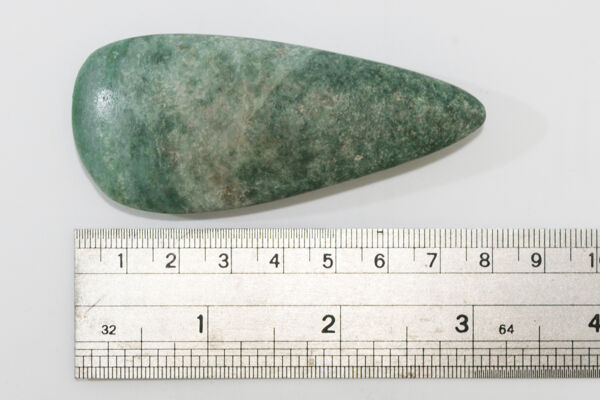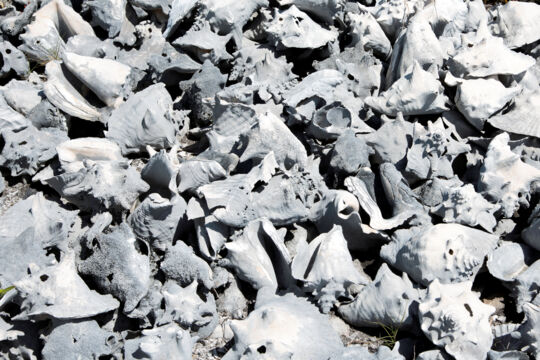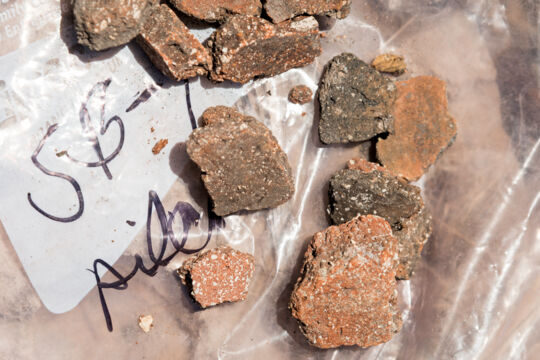A History of Lucayans and Tainos in the Turks and Caicos
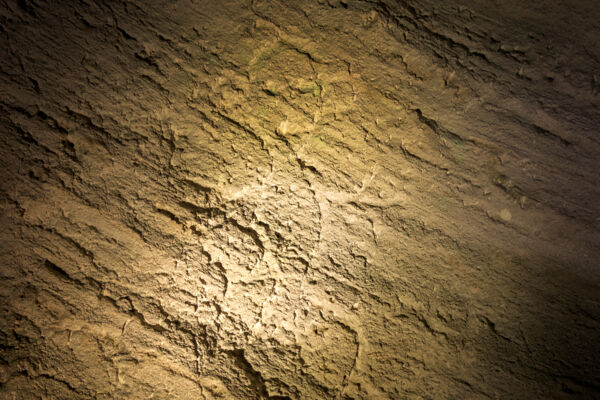
Lucayan is the most commonly used term to refer to the first peoples definitely known to have inhabited the Turks and Caicos. Lucayans, or the greater Taino Peoples, are thought to have inhabited much of the Bahamas and Caribbean, including the island of Hispaniola (Haiti and the Dominican Republic today), Jamaica, Puerto Rico, and the Antilles. It’s estimated that as many as 10,000-15,000 Lucayans may have resided in the Turks and Caicos prior to the arrival of Christopher Columbus and the Spanish.
Lucayan, Taino, or Ciboney?
Many terms have been used to describe the peoples known to have inhabited what is now the Turks and Caicos prior to the arrival of Christopher Columbus, and what is considered to be the correct name varies depending on who you ask.
As is common in history, languages and sub-languages often define groups, and the concept certainly applies to the indigenous peoples of the Bahamian Archipelago (including the Turks and Caicos). A simplified explanation of a common theory today is that Arawak refers to the broader group of Amerindian indigenous peoples and language base that evolved from northern South America, and later into the Caribbean. Taino describes a broader language group and indigenous peoples of the Caribbean, and Lucayan, and to a more refined extent Ciboney, refers to the subset of peoples that inhabited the Bahamian Archipelago and Cuba at the time of the arrival of Columbus.
Another concept is that “Taino” was a term that the peoples initially encountered by Columbus used to describe themselves. Taino was suggested to roughly translates to “peaceful”, “noble”, or “good”, and possibly meant to differentiate themselves from warlike and possibly cannibal Caribs.
Nearly all known pre-Columbian sites in the Turks and Caicos are from a relatively late era in the course of human expansion and history, generally being dated as 500-1000 years old. The oldest pre-Columbian site in the Turks and Caicos is thought to be the Coralie site on Grand Turk, which radiocarbon testing indicated to be 800-1200 years old.
The Turks and Caicos Natural Museum
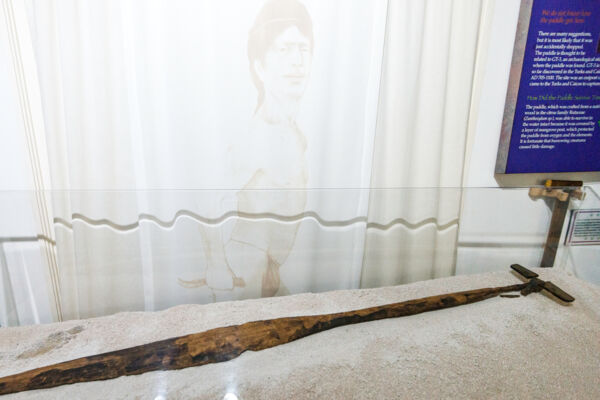
The best public location to see Lucayan artifacts from our archipelago is the Turks and Caicos National Museum on Grand Turk in Cockburn Town. On display is a carved replica of a duho seat (about nine were found in the Turks and Caicos, of which two were stolen, and the others are in collections overseas), a canoe paddle found at North Creek on Grand Turk, stone tools, and a collection of ceramic shards.
One of the greatest Lucayan finds in the Turks and Caicos in relatively recent history is the North Creek canoe paddle. This remarkable artifact was discovered by surveyor and mapmaker Bob Gascoine of Wavey Line Publishing, who noticed the paddle and recognized its value after hitting it with his boat.
The Smithsonian Institute in Washington DC currently houses what is likely the greatest collection of Taino and Lucayan artifacts from the Turks and Caicos, some of which was collected by Dutch-American archaeologist Theodoor de Booy in the early 1900s. This collection is not on public display.
Lucayan Evidence Today
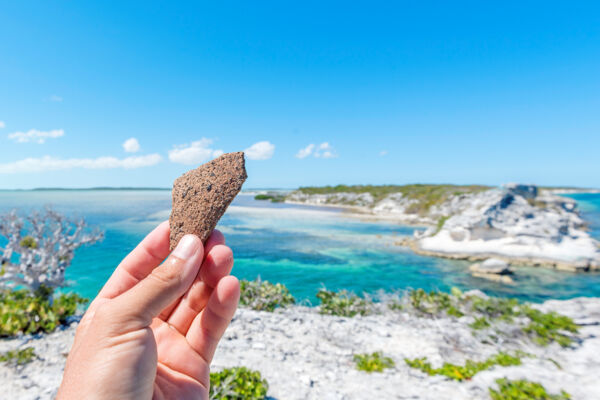
Evidence of settlement and industry from the Lucayan Peoples is still apparent throughout the Turks and Caicos, in the form of discarded conch shells, ceramics, shell and stone tools, midden mounds, and introduced plants that are still present at some locations.
One fairly common trait of Lucayan settlement and industry sites is that they are naturally conducive to settlement, and that many locations have been used by various peoples over time. There are many examples. Middleton Cay, a cay offering shelter for small vessels, was utilized to process conch and seafood by the Lucayans, and is still used to this day for the same purpose. Jerry Camp, a natural fishing and launching point on the northern end of South Caicos, appears to be a similar case. Several spots on the southern coast of North Caicos have ceramics and shell tools from pre-Columbians, overprinted with broken bottles and glazed pottery likely left by rum runners during the Loyalist or post-Loyalist periods, and topped with gas cans left by modern-day smugglers.
Many Lucayan and pre-Columbian sites have been identified in the Turks and Caicos, spanning nearly all islands and cays in the archipelago. Remaining evidence at such settlement, fishing, and gathering sites often include queen conch shells, smaller shells such as West Indian top shells and bivalves, burnt rock from fires, and local ceramics (Palmetto Ware) and imported ceramics (Ostionan Ostionoid types).
Palmetto Ware
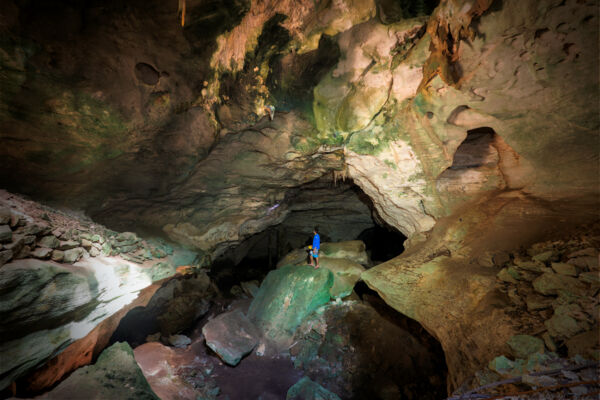
Palmetto Ware (Palmettan Ostionoid) is the common term for the shell-tempered ceramics produced by the Lucayans in the Bahamian Archipelago. Many of the permanent settlement sites in the Turks and Caicos have large quantities of Palmetto Ware shards, including both simple shards originating from undecorated pots and bowls, as well as shards that show incised patterns and figurines. Relatively speaking, Palmetto Ware wasn’t particularly durable, and likely didn’t last long, thus requiring constant production. The clay for the ceramics may have been dug from caves and sinkholes in the islands.
A spectacular discovery and example of Palmetto Ware is a nearly-complete bowl, found in a flooded cave by local photographer and explorer Mark Parrish. The bowl was recovered and is currently undergoing stabilization and preservation, and there are high hopes that it’ll eventually be an important exhibit in the proposed Providenciales branch of the Turks and Caicos National Museum.
Lucayan Tools
The Lucayans, like nearly all other known cultures, produced and used a large variety of tools. Unfortunately, implements made from stone, shell, or bone are typically the only remaining finds at historical sites, yet they still do provide great insight into the life of the Lucayans. Tools came in all forms, from disposable shell scrapers that likely held very little value, to imported and carefully crafted jadeitite celts (ax heads), and mauls.
Daily Life and Social Structure of the Lucayans
Industry, Agriculture, and Food
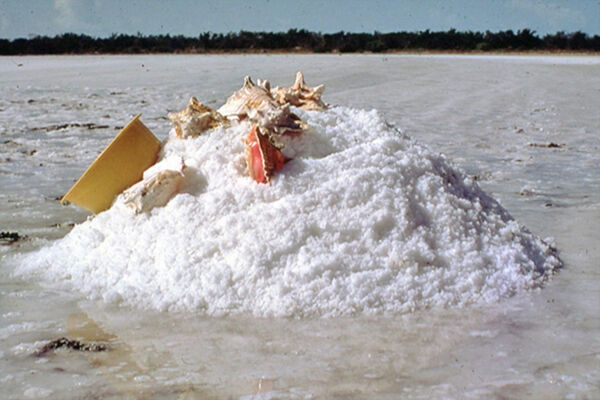
As more research is done, a better picture of Lucayan agriculture and trade evolves, suggesting a multi-faceted system of food production and sourcing.
As may be expected for peoples residing on small islands, evidence suggests that Lucayans in the Turks and Caicos primarily subsisted on seafood and meat that was fished or hunted in the islands, which was then complemented with some food produced by agriculture, and likely small quantities of specialty foods such as honey or fruit from settlements on what is now Hispaniola or Cuba.
Fish was likely primarily caught in rock weirs or woven stick traps in the tidal channel systems in the Turks and Caicos, or by spear. Conch and sea turtles would be gathered and dived for, and iguanas, crabs, and birds were hunted. Bone remains from settlement sites and the Indian Cave suggest that tortoises, hutia, and giant iguanas may either have once existed in the islands, or were imported for food.
Maize, manioc (cassava), sweet potatoes, cotton, and possibly hutia and iguana was raised by the Lucayans in the Turks and Caicos, likely primarily for local use and consumption.
Sites in the Turks and Caicos such as Palmetto Junction and MC-6 provide ample evidence that trade with settlements outside of what is currently the Turks and Caicos played an important role in society.
Salt gathered from natural salinas and ponds, and possibly dried seafood that was produced in the islands, was likely traded for fruit, honey, stone tools, and maybe even canoes, which would have been difficult to source in the islands. Such trade would have been conducted on giant canoes, which is remarkable considering the distances between islands.
Daily Life and Social Structure
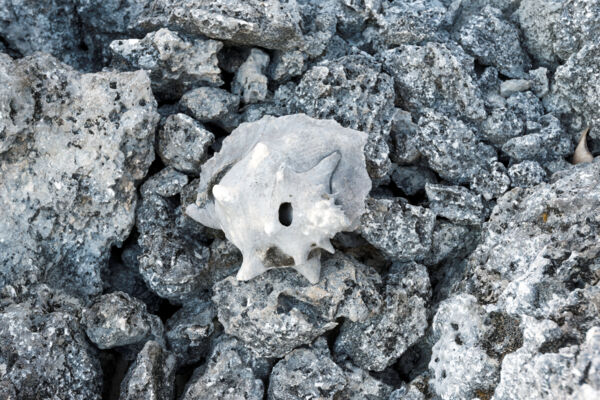
Little is definitively known about the social structure of Lucayans in the Turks and Caicos and Bahamas, and much is derived from what is known from neighboring islands. It’s thought that a chief (Cacique) provided rule and settled any problems that arose.
Buildings and Infrastructure
Lucayans in the Turks and Caicos lived in woven and thatched circular huts (caney), which were likely multi-household. Cotton net hammocks were probably the primary furniture used. Caves in the islands often have shown pre-Columbian evidence, yet they were likely only used as storm shelters and/or for ceremonial purposes. Some caves still have inscribed pictograms and carvings from the Lucayans.
One of the most significant remaining structures built by the Lucayans in the Turks and Caicos is a road that connected a significant trading and village site (now known as MC-6) on the southern side of Middle Caicos with Armstrong Pond, which is one of the finest natural sea salt production ponds in the country. It’s thought that the salt had such significant trade value that the road was built to signify the pond’s cultural and economic value. The road is a rather consistent 14-16 feet (4-5 m) wide, and cleared down to the natural limestone bedding along most of its 2000-foot (600 m) span. A few small rock enclosures or huts along the way likely housed Zemi god stone carvings.
The Arrival of Columbus and End of the Lucayans
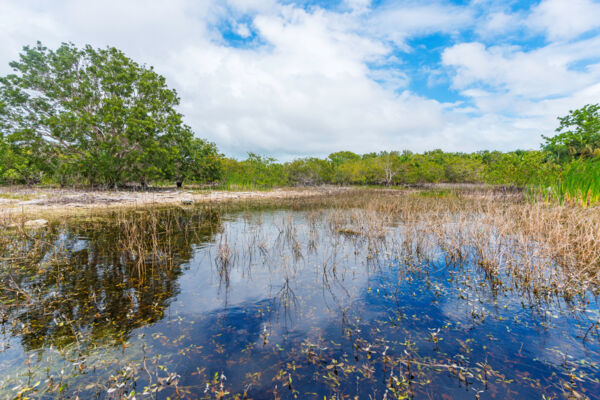
The arrival of Columbus in the Americas unfortunately quickly led to the end of Lucayans and the Taino peoples from the Bahamian Archipelago, with an almost complete disappearance by the early 1500s. Slavery for work in gold mines in Hispaniola likely account for most of the depopulation, and introduced disease likely took any remaining Lucayans.
Remaining Historical Evidence and Ongoing Research
The Turks and Caicos remains a place where new Lucayan archaeological and anthropological finds are still being made. Well-known scientists such as Shaun Sullivan, Bill Keegan, Pete Sinelli, and Joanna Ostapkowicz continue to conduct surveys, digs, and research on artifacts recovered in the islands.

